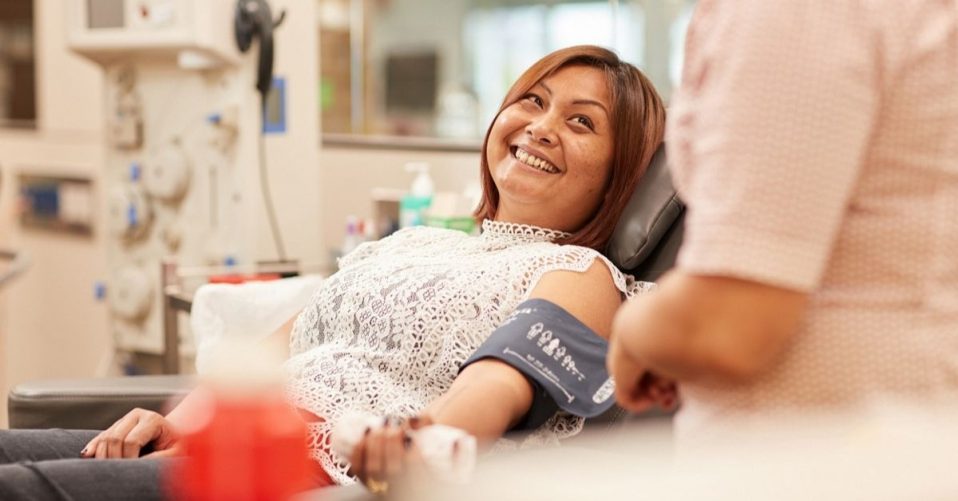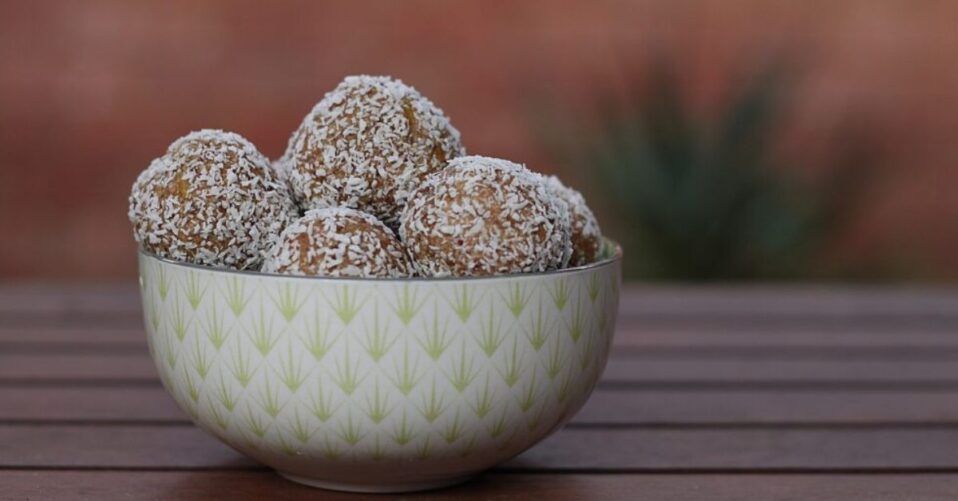By: Michael Crooks
Lifeblood is calling for lifesavers.
With thousands of new COVID-19 cases recorded each day in Australia, blood donation rates have plummeted.
According to Australian Red Cross Lifeblood, the pandemic has caused an estimated 20 per cent of Australia’s blood donors – 100,000 people – to stop donating. This is due to either the person undergoing isolation or being unwell with COVID-19.
Lifeblood is now pleading for new and regular donors to come forward and give blood.
“It’s a real challenge for blood supplies,” Lifeblood spokesperson Cath Stone said. “Because even in the midst of a pandemic there are still cancer patients, trauma cases, pregnant women and unborn babies who all require donated blood.
“In the midst of a pandemic there are still cancer patients, trauma cases, pregnant women and unborn babies who all require donated blood,” – Lifeblood spokesperson Cath Stone
“If you are feeling well, and eligible to donate, your team needs you to get off the bench and help out now.”
Worst summer
Normally, there is an average of 500,000 blood donors giving regular blood in Australia.
Now, the amount of donation no-shows or cancellations is comparable to winter months, when the flu takes hold.
“We’ve never seen numbers this high in the middle of summer,” Ms Stone said.
Cancellations
In fact, each day 4500 planned donations are being cancelled.
“Cancellations and no-shows are an ongoing problem and new donors are critical to keep [blood] supplies flowing to our hospitals,” Ms Stone said.
“There is no substitute for blood.”
“There is no substitute for blood,” – Lifeblood spokesperson Cath Stone
Walk-ins accepted
While Lifeblood encourages people to book in advance, donor centres are currently welcoming walk-ins.
“Unlike some other parts of the world where patients have been unable to get timely blood transfusions, Australia’s blood supply has remained sufficient throughout the pandemic,” Ms Stone said.
“But we need more blood donations for this to continue.
“Our growing population is relying on just 500,000 blood donors across the country. And right now many of them need someone else to continue this lifesaving work.”
Have you had COVID? You can still donate
For those who have had COVID-19, they can donate seven days after they no longer have symptoms.
“We now know that COVID-19 is not transmissible via blood,” Lifeblood spokesperson Jemma Falkenmire said.
“So this is in line with our other wait times with any respiratory illness including cold and flus.”
On the other hand, for those who become unwell after donating, they are asked to immediately contact Lifeblood so they can assess the situation.
“However despite 290 million cases of COVID-19 globally, there have been no transmissions via blood,” Ms Falkenmire said.
Vaccinations
Both vaccinated and unvaccinated people are encouraged to donate blood.
If you have had a COVID-19 vaccination, Lifeblood asks that you wait three days before donating blood.
“To ensure they are feeling well,” Ms Falkenmire said.
All Lifeblood staff are required to be vaccinated.
How to donate
Donating is as simple setting up an account at Lifeblood and arranging an appointment.
“Donating blood will take only one hour of your time, and every blood donation can help to save three lives,” Ms Stone said.
For information on how to donate call 13 14 95 or visit Lifeblood.

What is blood used for?
Donating blood or plasma, will help people in a variety of different ways…

Want to give really big? Give plasma
If you want to give more than once and get those numbers up, plasma donation is the way. It’s just as rewarding as giving blood, and you can donate as often as every two weeks.
Can’t donate right now? You still have a role to play
Spread the word far and wide: the more people you reach, the more you help.
For more information, or help with Lifeblood Teams, get in touch online or call 1300 886 524.
Article supplied with thanks to Hope Media.
Feature image: Australian Red Cross Lifeblood Facebook






